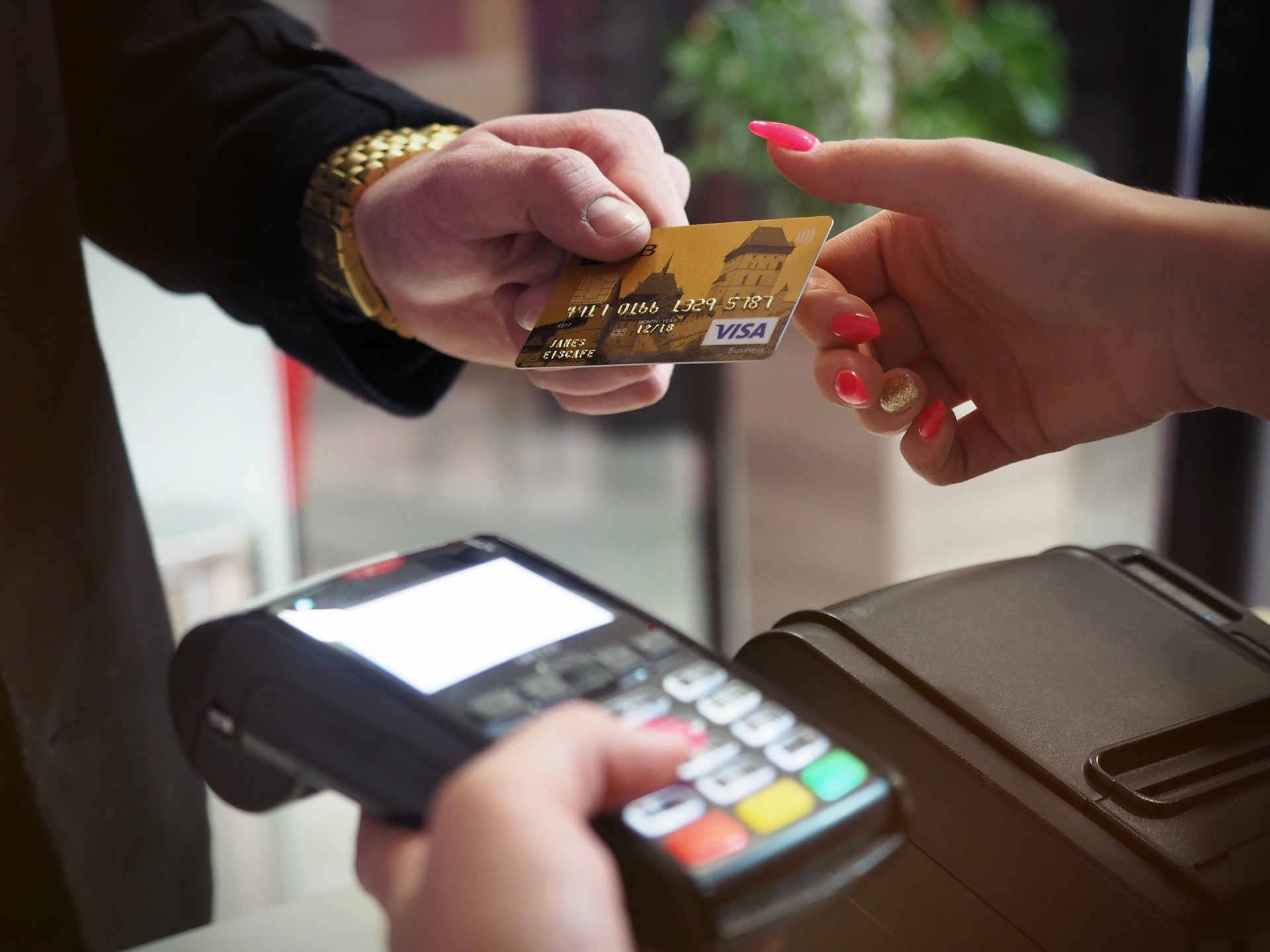Send Email Reminders
Prompt payment from your clients safeguards your business' cash flow, but if your clients lose their invoices or get distracted by other matters, they may forget to pay. To reduce late payments and tighten the payment term, send out email reminders, which offer a softer, less-direct approach to collections.
These reminders go out instantly, unlike mailed reminders which add postage costs and take time for delivery. Plus, it’s a non-invasive way to get your customer’s attention without making an uncomfortable phone call. You can send polite reminders to clients in case they simply forgot to pay.
Sometimes all a client needs is that gentle nudge to make the payment. Consider including a copy of the overdue invoice with the email to help remind the customer of the bill and give them the information they need to pay it.
Online invoicing services often let you set up automatic email reminders if the invoice isn’t paid in a certain amount of time. This option means you don’t have to spend a lot of time tracking down late payments and sending the email reminders manually. Your software handles the work for you, giving customers the reminders they need to get moving on their payments.
Careful wording in your email reminders can make them more effective. For example, you may want the first message to serve as a gentle reminder to pay the invoice, so your language should be friendly and casual. You might say, “Hello! We just wanted to reach out to let you know your outstanding balance is a little late. We understand that life gets busy and you probably just forgot about the bill. Thanks for making your payment as soon as possible!”
If the customer ignores your initial email reminder, it may be time to step it up and use stronger yet still polite and professional language. You should still keep the correspondence professional because it reflects on your business. But it may be time to let the client know you’re expecting your payment immediately and you plan to take action if the account doesn’t get settled.
Let the customer know what you plan to do next. For example, you might say, “If we do not receive payment by October 15, we will send your past-due account to collections.” That can be enough to encourage the customer to pay up so they don’t face any additional collections activity.
Knowing how to plan for and handle late payments helps you keep your business finances on track. QuickBooks Online helps you create and send invoices online that help you get paid 2x faster. Try it free today.



